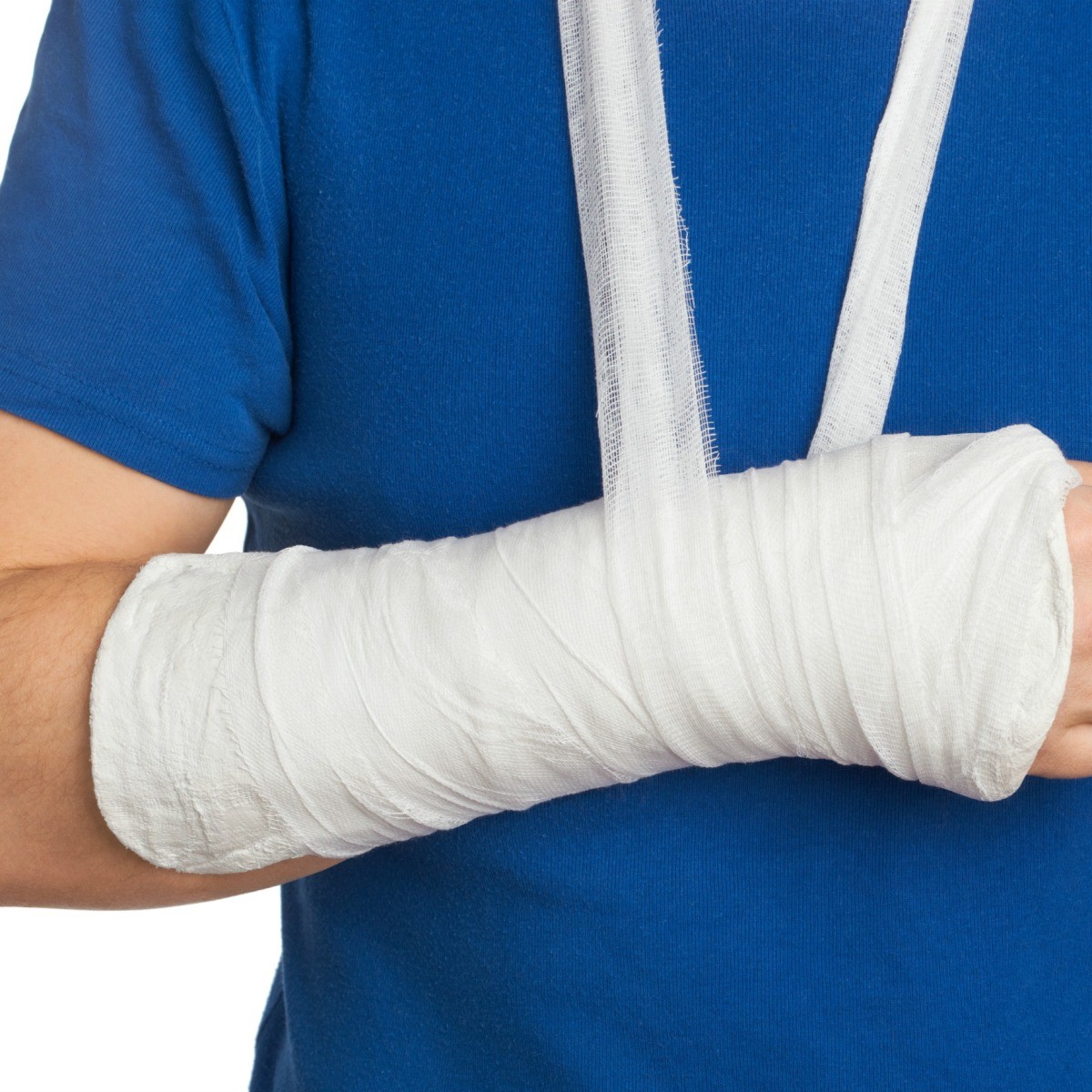

Follow these guidelines for choosing your object. Something without holes or porous surfaces. Simple object to cast, such as a figurine, a light bulb.Pinkysil or other 2 part silicone mixture (this activity used about $10 of pinkysil).If this kind of silicone is out of your price range there are some hardware store silicone hack recipes if you have time to experiment, or latex is cheaper though not quite as easy and reliable for beginners. Don’t pour a silicon cast in a silicone mould or it will stick to itself. Plaster mold casting, sometimes just called plaster casting, uses a mixture of gypsum, strengthening compounds, and water to create a mold. Silicone may be the most expensive material listed here but it’s also one of the easiest to work with: skin safe, quick curing and the moulds are very durable, flexible and able to cast lots of different materials.īut here’s the first rule of casting: never like with like. A bucket of water and sponge as well as a cloth for any spills.A couple of plastic drop sheets and/or old sheets (whatever you would use for messy activities like painting).These are not the precise, technical methods that you would use for a beautiful lost-wax bronze sculpture but they are quick and easy for beginners of almost any age. So here I’ve put together my favourite techniques for beginners, all easy, pretty cheap and with a range of materials from the craft box, the hardware store or speciality suppliers so you can pick and choose what level of effort and experimentation you’re up for. Casting was also a common method of artistic production in the Roman Empire, from decorative rims to jewellery and mass production of statues.Ĭasting and mould making can be incredibly complex and challenging, but it can also be as easy as brushing on a piece of wet paper pulp or sticking your fingers into a cup filled with silicon. A fiber-free plaster molding composition which comprises by weight approximately 50-70 gypsum plaster, 5-25 fine expanded perlite, and 5-30 of a. This technique has enabled detailed body casts to be made of these first-century AD Romans in their final hour and has even been used to investigate the type of plants they grew in their gardens. Here, we explain the general characteristics of plaster and ceramic mold casting methods and some process parameters about them. Casts have been produced from these ever since the clever Guiseppe Fiorelli, Director of the Excavations in 1864, decided to try pouring plaster into these mysterious hollows. Plaster casting or plastic molding is another kind of metal casting process that is not command as well other casting methods such as sand casting, investment casting, expandable mold casting, etc. The flows of fine ash that followed Vesuvius’ eruption created a kind of mould – a detailed hollow impression – where any organic materials once were.

Lent by the Museo Archeologico Nazionale di Napoli.


 0 kommentar(er)
0 kommentar(er)
